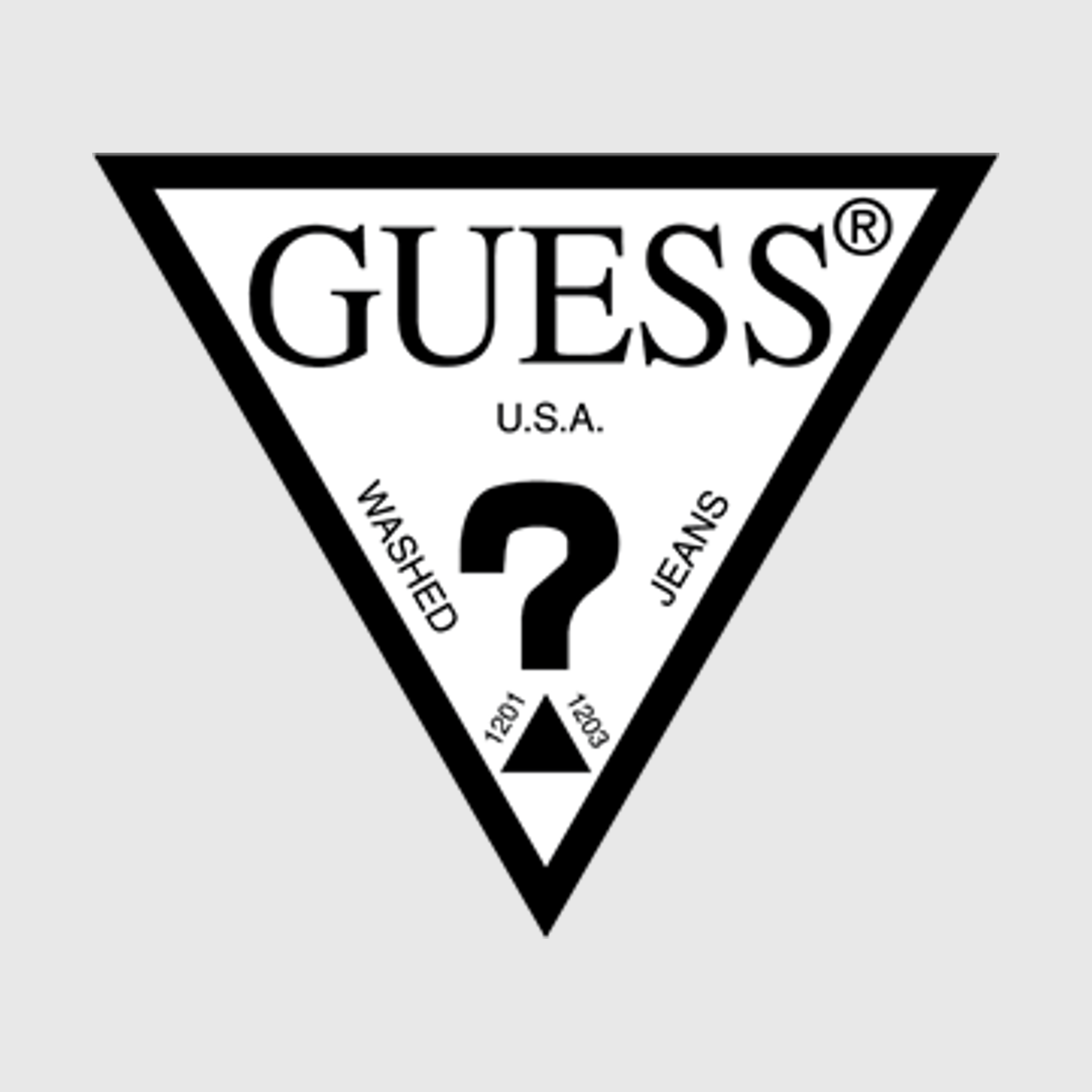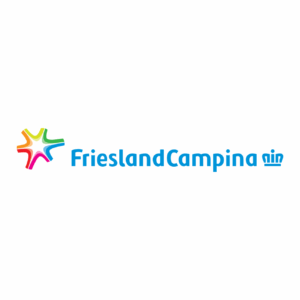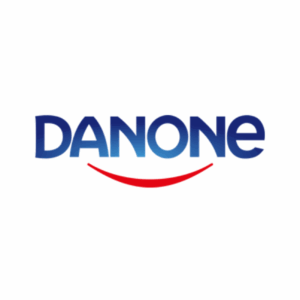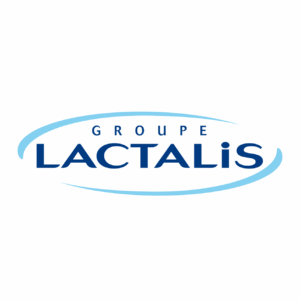Introduction to Guess
Guess was founded in 1981 by the Marciano family, two brothers who left the south of France to live the American dream. Inspired by European influence, the Marciano redefined jeans. One of their first designs was a stone washed fit jeans, the zipped Marilyn jeans.
Guess tries to make efforts to reduce its carbon footprint, with certain partnerships and programs, but should actively engage with its suppliers and provide assistance, incentives, and financial support for them to restrain the rapid growth of GHG emissions related to purchased goods and services.
Alongside H&M and Calvin Klein, Guess employs Ethiopians in factories: they are the least paid employees in the world.
It’s a new beginning. It’s Guess Jeans
Criteria
Carbon Footprint, medium
Guess has set different eco-friendly goals:
- Reduce Scope 1 + 2 GHG emissions by 50% vs baseline 2019, by 2030
- 100% renewable electricity in company operated facilities by 2035
- Reduce Scope 3 GHG emissions by 30% vs baseline 2019, by 2030
- Climate Positive: exceeding carbon neutrality by removing additional CO2 from atmosphere by 2035
- Announce roadmap to achieve SBTs (2024)
Ecological Impact, medium
The Consciously Constructed range consists of products which are developed using at least 20% of environmentally preferred materials, and Guess ECO collection is specific to Guess branded products that are not only made with at least 20% of environmentally preferred materials but can additionally use production methods that reduce their environmental impact.
Since 2020, more than 50% of apparel mainline products are now made with environmentally preferred materials.
Energy Consumption, medium
In 2023, 28% of the energy used by Guess was renewable. Since 2019, Guess has reduced its electricity consumption by approximately 65%.
Freight Density, medium
Guess has introduced new shipping options in Germany and Poland, such as lockers and options for pick-up and drop-off through PUDO.
This has expectations of up to a 75% reduction in CO2 impact compared to home delivery due to optimized routes and reduced exhaust emissions, but these stay expectations.
Recycling Rates, medium
With Guess Vintage, it has started giving new life to vintage pieces through pop-up offerings, upcycling and recycling partnerships, and rounding out an extensive archive.
As Guess tries to develop a circularity strategy, they have been able to launch their RESOURCED takeback program across their stores. This program provides space for customers to recycle unwanted apparel and footwear from any brand, but seems inconclusive for the moment.
Saving Levels, medium
Since 2019, we can observe that Guess made efforts as scope 1 and 2 emissions reduced by 50%, and scope 3 emissions reduced by 17%.
Specific Product Monitoring, medium
Guess is making the move to using organic cotton, which avoids the use of pesticides and synthetic fertilizers that can be harmful to farmers, biodiversity, and soil. Their goal is to use 80% regenerative, recycled, or organic cotton for all apparel brands by 2030. They also plan to increase their use of recycled polyester in place of virgin polyester as it uses less energy and supports circular principles. Their goal is to use 80% recycled or biobased polyester by 2030.
Supply Chain Waste, medium
In their pursuit of responsible materials, traceability plays a pivotal role as it guarantees the authenticity and quality of our inputs and production procedures. Within the Guess ECO and Consciously Constructed range, numerous products incorporate raw materials that have received certification from recognized third-party sustainability standards (Textile Exchange Content Claim Standard for example). These materials can be traced all the way from their source to the final garment.
Sustainability Scorecards, low
Guess can strengthen its commitment to sustainable fashion practices and environmental responsibility. Despite all the efforts of Guess, this is not enough since it still uses synthetic mixtures that cannot be recycled and lacks transparency of the supply chain for example.
Water Management, medium
Guess conducts a thorough assessment to identify suppliers that demonstrate more sustainable water management practices and prioritize responsible water usage, contributing to mitigating the challenges posed by water scarcity in their regions. Established in 2019, the Guess Water Action Plan addresses each phase of the denim life cycle to prioritize water savings and water quality, but we don’t know the results or consequences.
Conclusion
In conclusion, Guess should make more meaningful efforts to set an ambition target for its supply chain decarbonization, advocate for a renewable energy transition in key manufacturing countries, break away from fossil fuel derived materials, and chart a short-term green shipping plan.
We find that Guess lacks transparency, there is a lot of talk for no real results, and projects are too long term, and therefore, stay inconclusive for the moment.
Related to other brands
Number of criteria met by each brand:
ESCP Business School Team
Research developed by five curious international ESCP Business School students who have worked together to successfully complete their consulting project. They analysed four brands in four different categories -20 brands: sneakers, pod coffee, jeans, makeup, and chocolate, according to 10 environmental criteria.
- Amélie Zeck – Sneaker industry analyst
- Manon Droisier – Jeans industry analyst
- Giorgia Casale – Makeup industry analyst
- Amélie Mahon – Chocolate industry analyst
- Capucine Coselli-Vassoille – Pod coffee industry analyst
Sources
- https://esgreport.Guess.com/application/files/6516/8855/0547/Guess_SR22-23_Environment_full_section.p df
- https://www.Guess.eu/en-ru/landing-smartGuess.html
- https://ditchcarbon.com/r/Guess-sustainability-report-insights-and-analysis/
- https://journal.Guess.eu/en/sustainability-2021-en/
- https://apparelresources.com/business-news/sustainability/Guess-reduces-carbon-footprint-power-consumpti on-sustainability-report/
- https://wwd.com/feature/Guess-releases-sustainability-report-10995718-10995718/





0 Comments